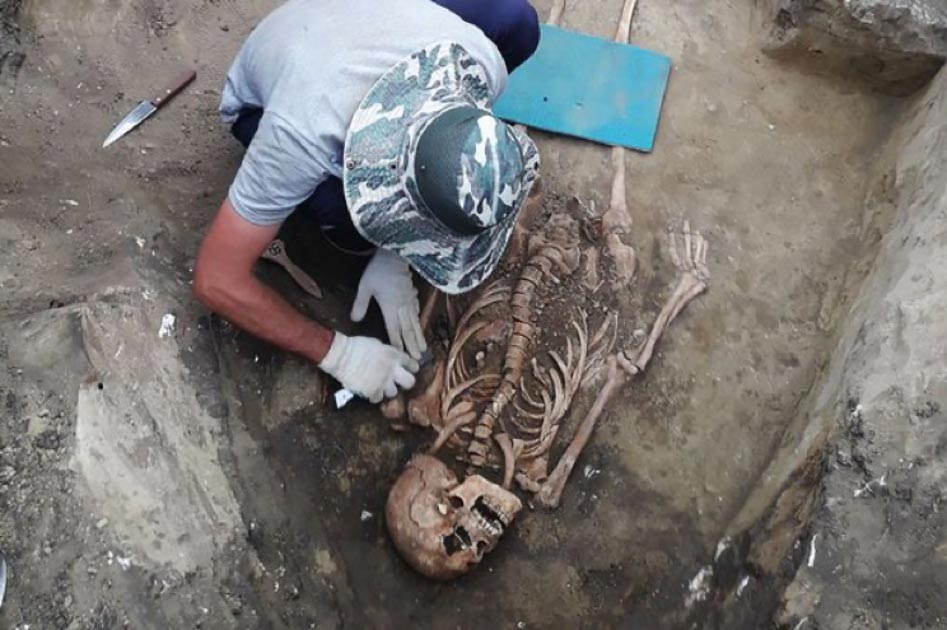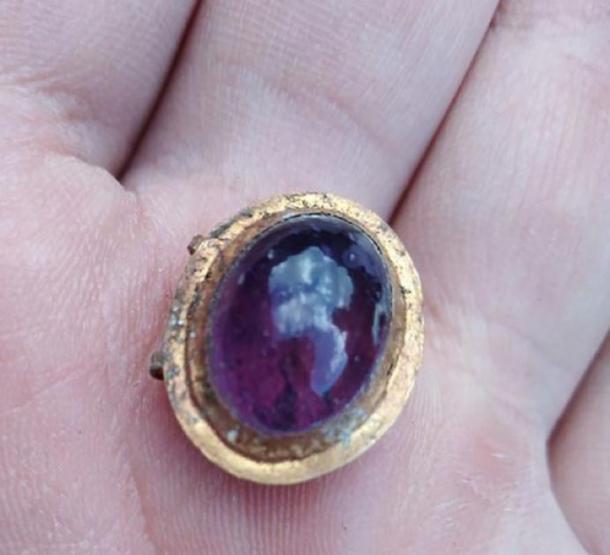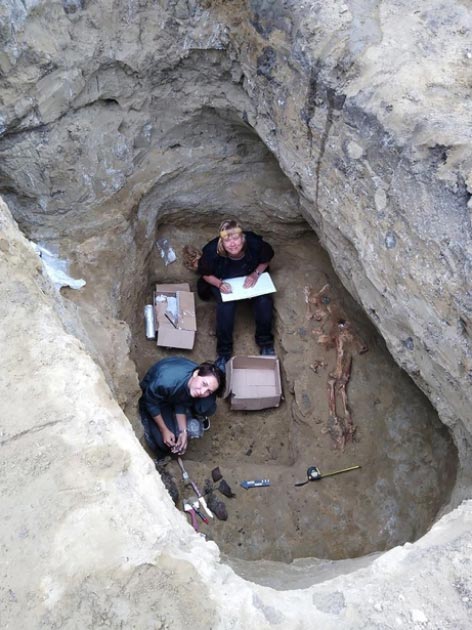Roman made jewellery found on the body of a 2000-year-old barbarian woman from the Caucasus
In the fine jewellery of the Roman Empire were the bones of an ancient barbarian woman who was almost 2,000 years old.
Located in the Northern Caucasus it is believed to have been a “high-ranking” within her family – perhaps a prominent warrior’s spouse, sister or mother, or chieftain.
She has found in a tomb of Kabardino-Balkaria’s mountains in Russia.have surprised archaeologists, in part due to the fact the jewellery was of Roman origin.

The archaeologist Anna Kadieva, head of an expedition at Zyukovo-2 burial site said that she had two rings on her fingers made with the use of very complicated technology.
‘Each of them is cast from the transparent white glass with golden fibres from the same material, with a dark glass installation in the middle.’
Ms Kadieva said the fact the jewellery was Roman-made is ‘beyond any doubt’.
She added: ‘It is quite expensive for the time, and priceless for the barbarian world because there was no glass production in the North Caucasus back then.’
The beads on her shoes were made of glass but also contained carnelian, an orange coloured mineral that is part of the Quartz family.

She was also discovered wearing a bright violet amethyst medallion.
‘This is a high-class gem worthy of its gold casing,’ said the archaeologist from the State Historical Museum of Russia.
The woman is probably from the Alans warrior people who made incursions into the Caucasus in the first and second centuries AD, the team speculated.

‘We came to the conclusion that wealthy warriors from North Caucasus presented expensive jewellery to their loved ones,’ Ms Kadieva said.
‘The woman most likely was a close relative of the warriors – mother, wife, or sister – because the catacomb is a family burial.’
She was interred alongside a warrior and two other males.
‘It is not clear how they died, but given the integrity of the skeletons, the time between their deaths was short,’ she said.
Further studies are being made into the finds.





